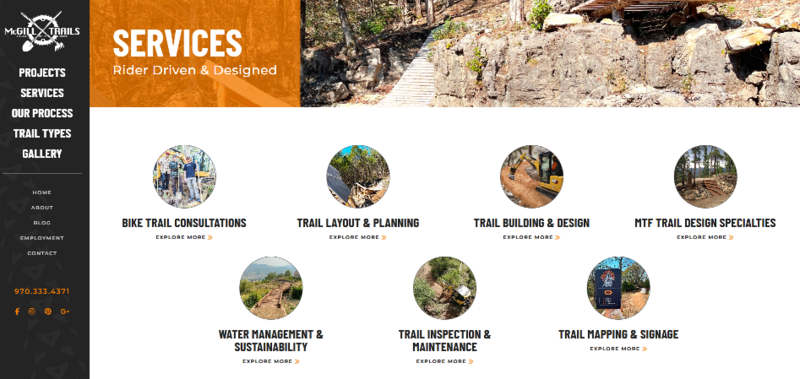What’s Your Business Website Conversion Ratio?
When was the last time you asked yourself: How well is my website actually working for me? Your website isn’t just a digital business card, it’s a lead generation tool, and if you don’t know your website’s conversion ratio, you might be missing out on valuable opportunities to grow your business.
What Is a Website Conversion Ratio?
Your website conversion rate is the percentage of visitors who take action after landing on your site. That action could be filling out a contact form, engaging with a live chat, or simply picking up the phone to call your business. The industry average for a business website is typically less than 1%, meaning that out of 100 visitors, only one person will reach out.
That statistic should make you pause. If your website traffic is solid, but conversions are low, you need to rethink your strategy.
How Do You Track Your Conversion Ratio?
It all starts with good lead intake information. Without tracking where your leads come from, it’s impossible to measure success. Here are a few methods to keep tabs on your website conversions:
- Lead intake questions: Train your team to always ask, How did you hear about us?
- Backend CMS tracking: Many customer management systems allow you to track leads and their sources.
- Call tracking numbers: Assign unique phone numbers to different marketing channels to identify where calls originate.
- Website analytics: Tools like Google Analytics can show traffic patterns, bounce rates, and engagement levels.
If you’re not tracking conversions, you’re flying blind.
How to Improve Your Website’s Conversion Ratio
A higher conversion ratio isn’t just about more traffic; it’s about getting the right traffic and keeping visitors engaged long enough to take action. Here are a few ways to make that happen:
1. Drive Targeted Traffic: Your website needs to attract people who are actively searching for your products or services. This can be achieved through:
- Paid advertising (Google PPC, Facebook Ads, TV, radio, billboards)
- Organic SEO (ranking higher in search results for relevant terms)
- Business referrals (word-of-mouth and strategic partnerships)
2. Make Your Website a Lead-Generating Machine: Once people land on your website, it needs to be compelling enough to convert them. Your website should include:
- High-quality imagery and video to create an emotional connection
- Clear, simple navigation to help users find what they need quickly
- Engaging and persuasive content that speaks to your audience’s pain points
- Mini contact forms and strong calls to action (CTAs) to encourage immediate engagement
3. Implement Inbound Marketing for Long-Term Conversions: Not everyone is ready to buy right away. Some visitors are still in the research phase. A solid inbound marketing strategy can capture these prospects by offering valuable content in exchange for their contact information. This can be done through:
- Premium downloads (eBooks, guides, or industry reports)
- Email drip campaigns that nurture leads over time
- Educational blogs and resources to build trust and authority
Final Thoughts: Traffic Alone Won’t Solve Your Problem
While increasing website traffic is important, it’s only part of the equation. A well-optimized website that speaks to your audience, builds trust, and makes conversion effortless is the key to success.
The big question is: Are you maximizing your website’s potential? If not, it’s time to take a hard look at your conversion strategy and start making the necessary improvements today. For an in depth evaluation of your business's website conversion and digitial marketing efforts, we encourage you to take a look into Critchfield Consulting's comprehensive digital marketing evaluations.



